Destruction by de-identifying
So this is interesting! Did you know that personal information that can no longer be connected to a person is effectively "disposed of"?
According to the New Zealand Privacy Act 2020, personal information can be considered disposed of if it is effectively de-identified. De-identification is a process that removes or modifies identifiable elements from personal information to ensure that the remaining data no longer relates to an identifiable individual.
When personal information is de-identified, it means that the data has been altered or transformed in a way that makes it practically impossible to identify the individuals to whom it belongs. The Privacy Act recognises de-identified information as no longer falling under the scope of "personal information" because the risk of identifying individuals is significantly reduced. Isn't that cool?
To ensure that personal information is properly de-identified, the Privacy Act provides guidance on key principles that need to be followed. These principles include:
- Irreversibility: The de-identification process should be irreversible. Once the personal information is de-identified, it should not be possible to re-identify individuals using the remaining data alone or in combination with other information.
- Reasonable means: De-identification should be carried out using reasonable means and methods appropriate to the nature of the personal information and the purpose for which it will be used.
- Reasonable likelihood of re-identification: The likelihood of re-identifying individuals from the de-identified information, considering the available or reasonably likely resources and techniques, should be low.
By effectively de-identifying personal information, organisations can reduce the privacy risks associated with data handling. De-identified information can be used for research, statistical analysis, or other purposes without violating privacy laws, as long as the de-identification process is conducted in accordance with the principles outlined in the Privacy Act.
Remember, if you are handling personal information and considering de-identification, it's important to refer to the specific provisions and guidance provided by the New Zealand Privacy Act and seek legal advice if needed to ensure compliance with the law.
There is a spectrum of de-identification from pseudonymisation to anonymisation. Pseudonymisation is the process of replacing identifying information with a pseudonym or alias. For example, replacing someone's name with a unique ID number. Pseudonymisation can help protect personal information by making it more difficult to identify individuals. Replacing identifying information with pseudonyms may be considered de-identification *if* there is no longer any record of the original identity. In that way it would be similar to anonymisation, which is the process of removing all identifying information from data so that it cannot be linked back to an individual, even with additional information. For example, removing all identifying details from a medical study dataset. Anonymisation can help protect personal information while still allowing the data to be used for research or other purposes.










